I have a system that is powered by a main voltage supply and I want to connect it to a battery for backup, in case of power outage.
I need to know what would happen if I connect the system with the battery in parallel with the source and both the battery and the source give 5 V. Where from will the load take its power? From the source or the battery? And how can I isolate the battery from the system if the source is working? And will the battery power the system when the source stops providing?
